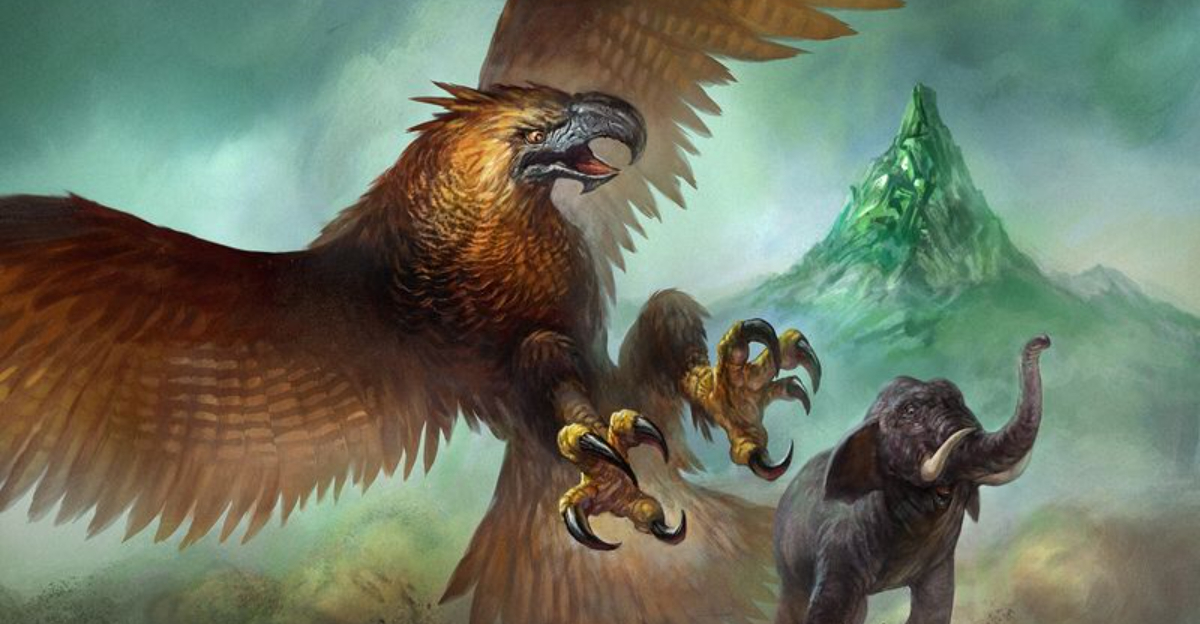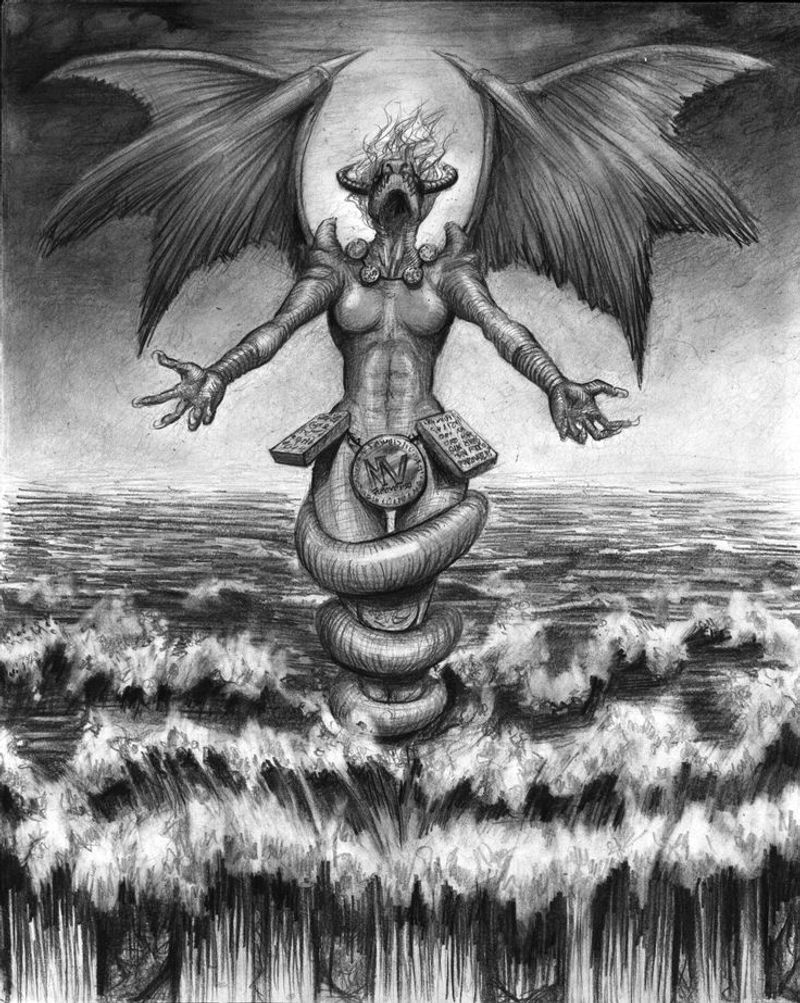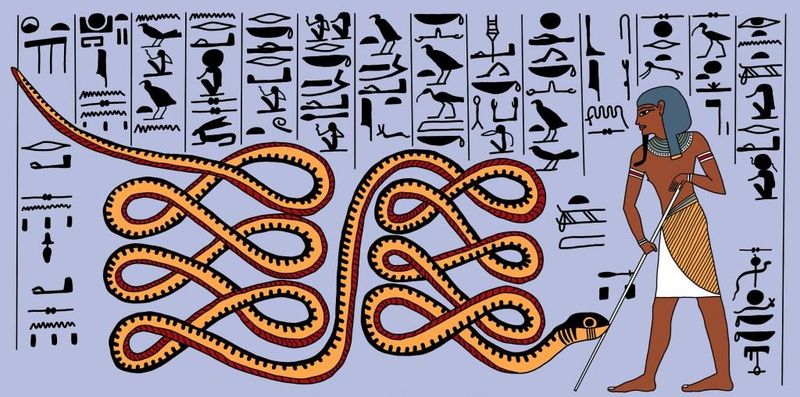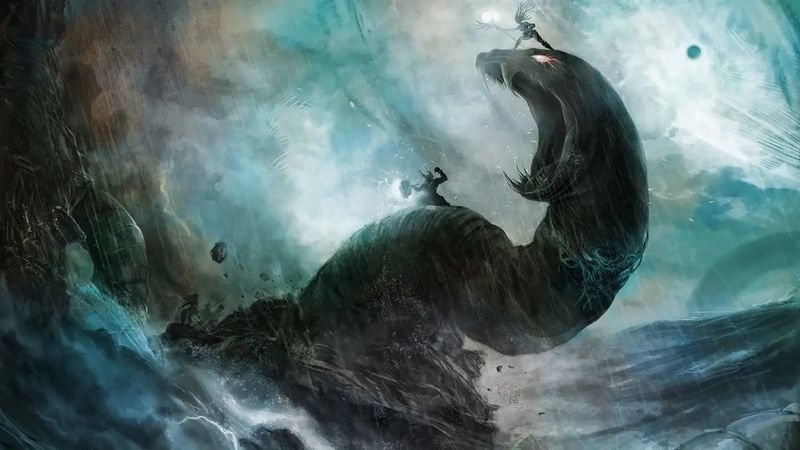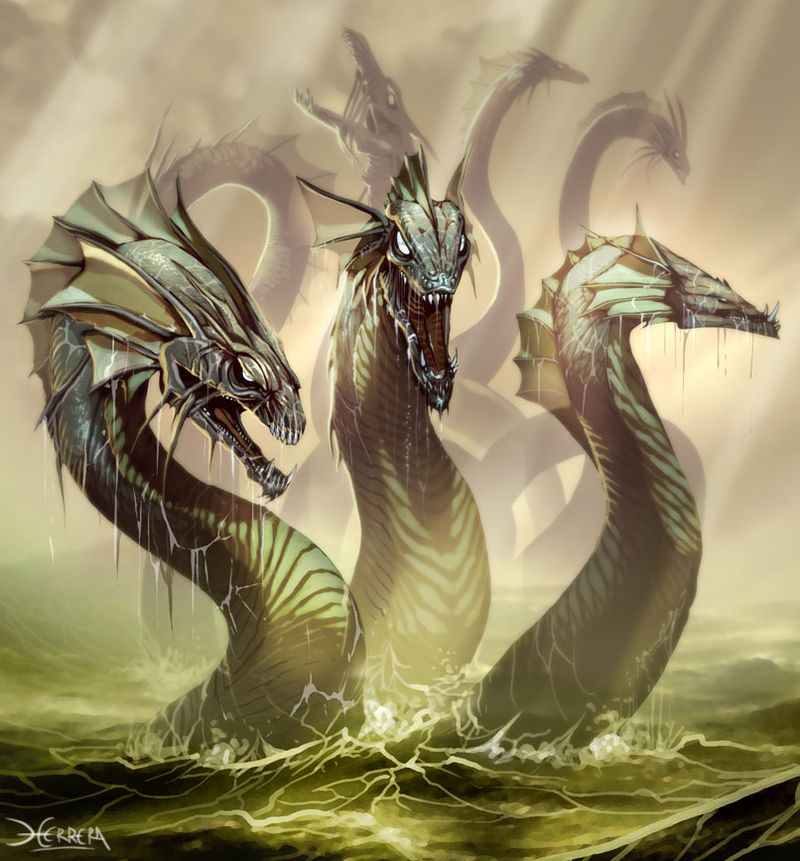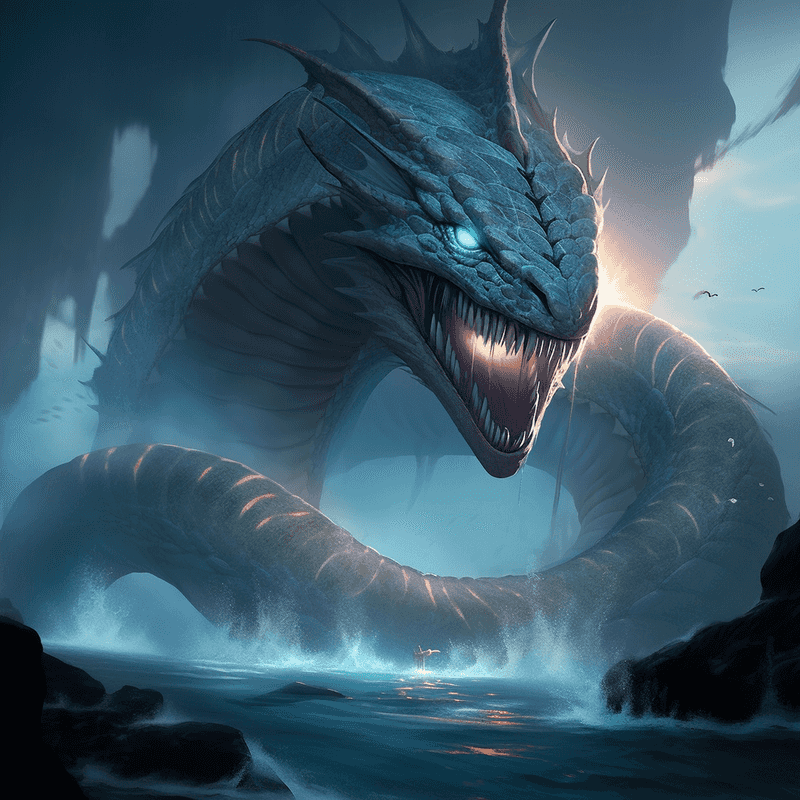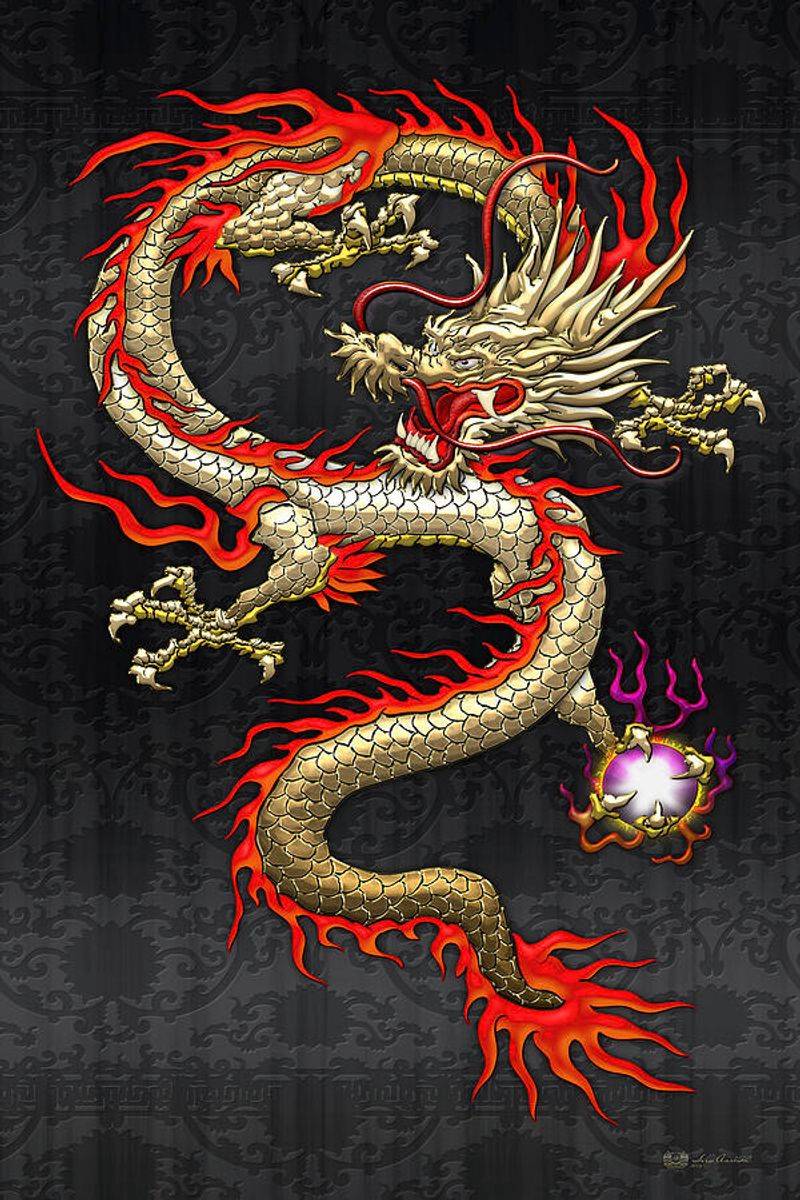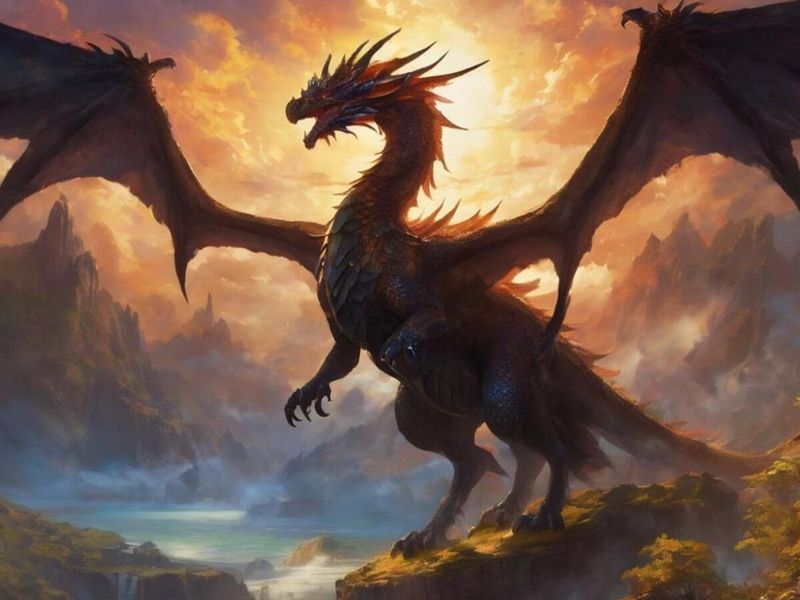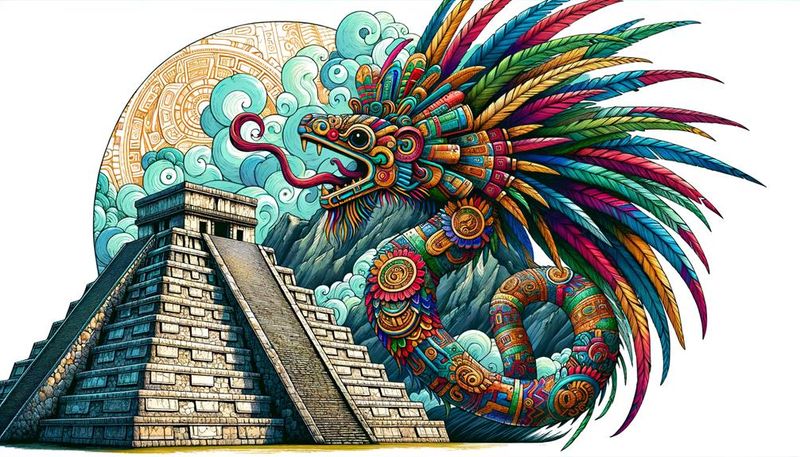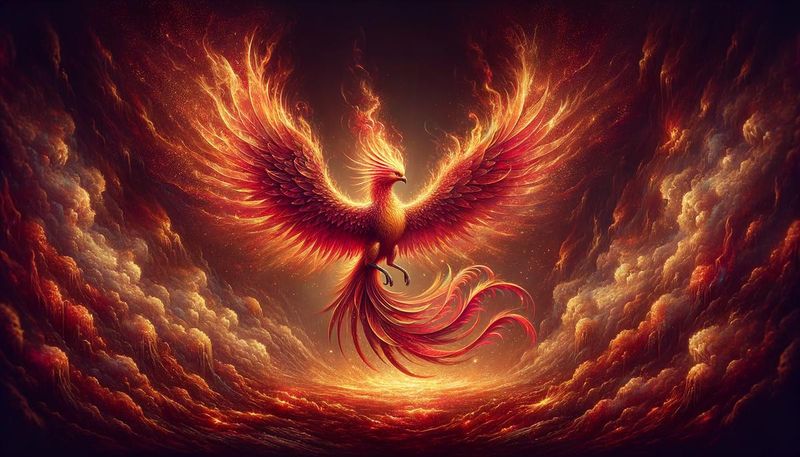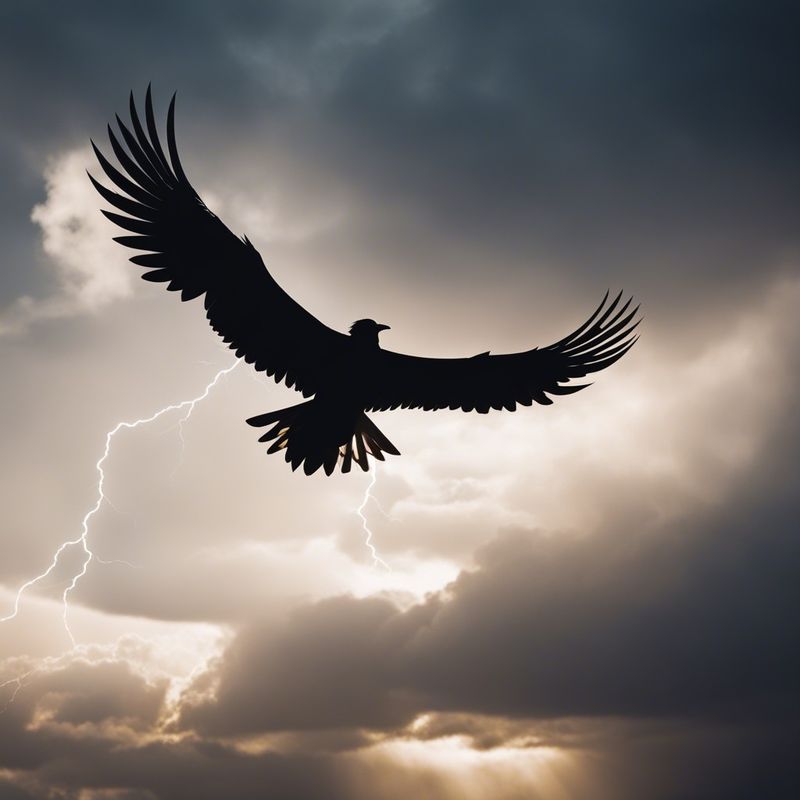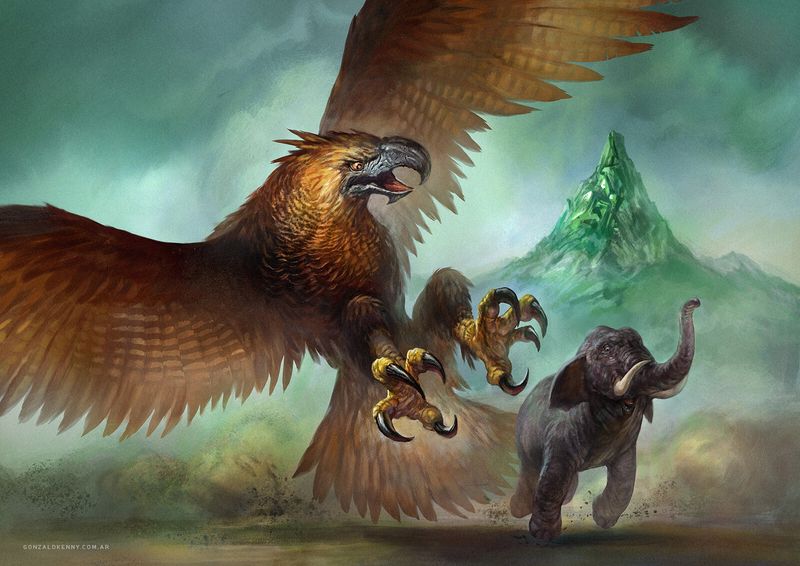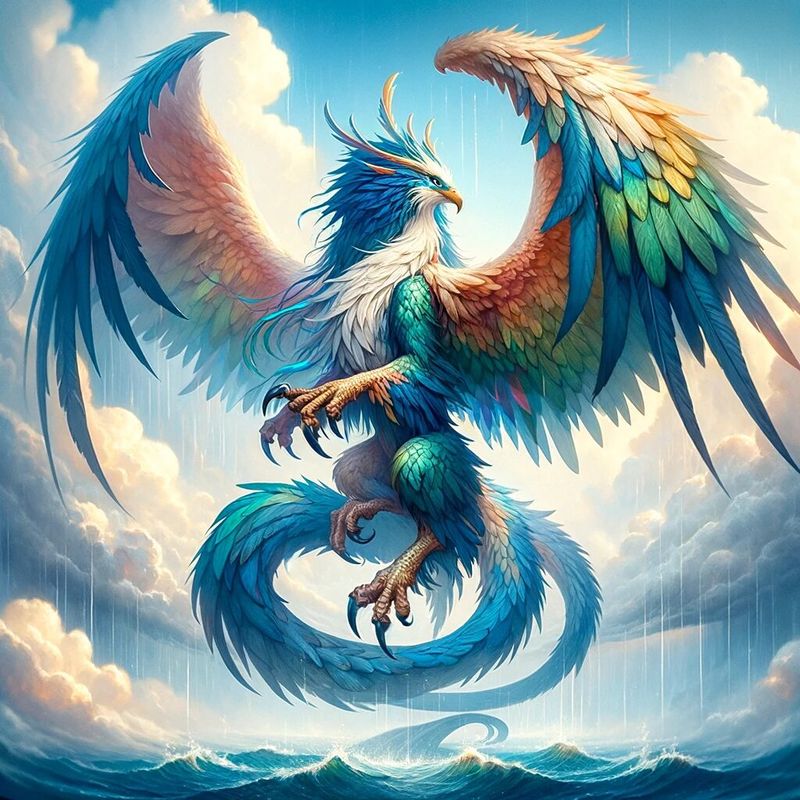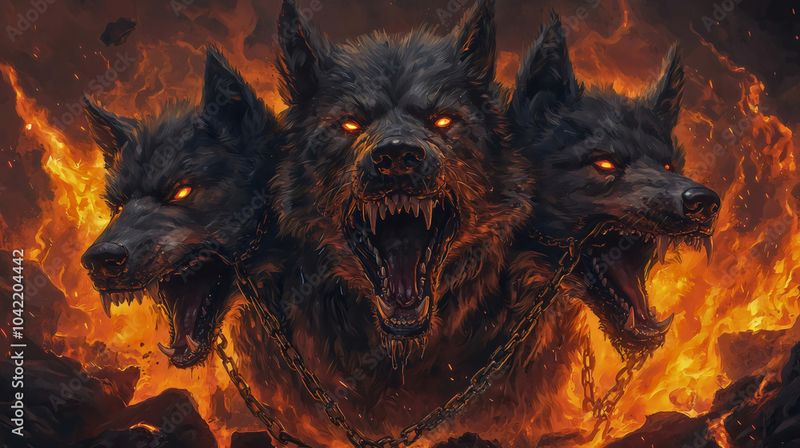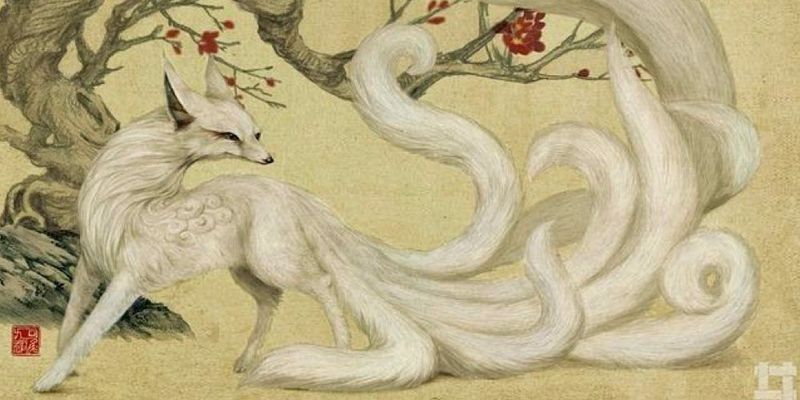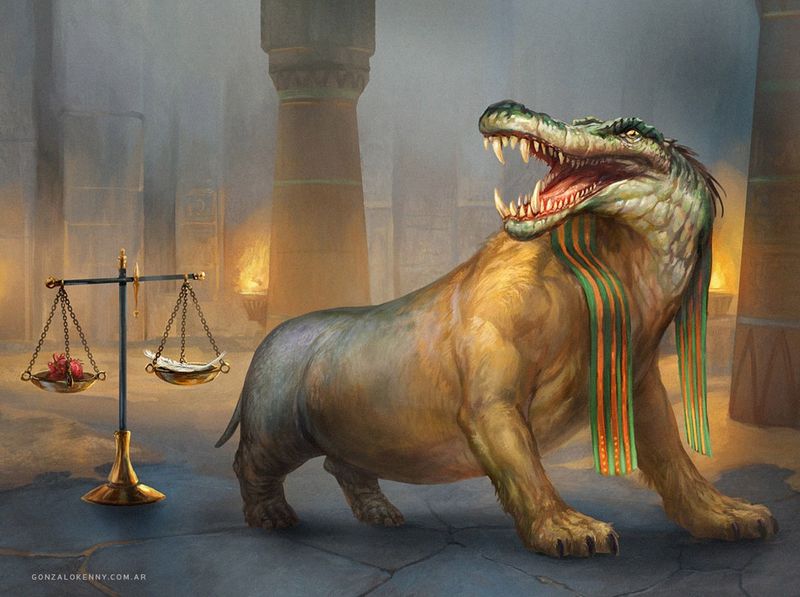Throughout history, mythical creatures have captured the human imagination, embodying the fears and wonders of the natural world. These beings, often associated with divine or cosmic powers, have appeared in the folklore and religions of cultures worldwide. In this post, we explore fifteen of the most formidable mythical creatures, each with unique abilities and tales that have endured through time.
1. Tiamat (Mesopotamian Chaos Dragon)
Tiamat, from Babylonian mythology, represents the chaos of creation. As a primordial sea dragon, her immense body forms the very cosmos. She commands the forces of storms and tidal waves, showcasing her formidable might. Spawning numerous monstrous offspring, Tiamat embodies the duality of creation and destruction.
Her narrative is one of divine conflict, as she battles the younger gods in a cosmic struggle for supremacy. Tiamat’s legacy continues to inspire stories about the balance of chaos and order. Her myth underscores the powerful, often unpredictable forces of nature that inspired ancient civilizations.
2. Apep/Apophis (Egyptian Serpent of Chaos)
In ancient Egyptian religion, Apep, or Apophis, was the embodiment of chaos and darkness. Every night, he attempted to devour the sun god Ra, threatening to halt the cycles of life and time.
Apep’s corrosive venom symbolizes his malevolent influence, capable of disrupting the balance of the universe. His nightly battles with Ra illustrate the eternal struggle between light and darkness.
As a symbol of fear and destruction, Apep captures the essence of the unknown and unpredictable dangers lurking in the darkness, resonating with human fears of the night.
3. Jörmungandr (Norse World Serpent)
Jörmungandr, the Midgard Serpent, is central to Norse mythology. This colossal creature encircles the earth, and its mere presence is enough to poison the sea and sky. It is destined to face Thor at Ragnarök in a battle that will end in mutual destruction.
Jörmungandr’s existence warns of the cyclic nature of creation and destruction.
The serpent’s role in the cosmological order reflects the Norse understanding of life’s interconnectedness and the inevitability of change. Its story continues to inspire tales of epic battles and the fragile balance between order and chaos.
4. Hydra (Greek Multi-Headed Serpent)
The Hydra, a formidable creature of Greek myth, resided in the swamps of Lerna. Known for its regenerative prowess, when one head was severed, two more would grow in its place, making it nearly invincible.
Its blood, a deadly toxin, was said to be lethal even in small amounts. Hercules, in his quest to defeat it, showcased immense strength and cunning.
The Hydra symbolizes the perpetuation of challenges, each seemingly insurmountable. Its legend endures as a metaphor for enduring and overcoming persistent obstacles, highlighting both the power and the danger of unchecked growth.
5. Leviathan (Hebrew Sea Monster)
Leviathan, a monstrous sea dragon from Judaic texts, symbolizes primordial chaos. Its immense size and strength make it a fearsome adversary, with scales that deflect weapons and a roar that causes storms and earthquakes.
This creature is often depicted in battles that embody cosmic struggles, reflecting humanity’s fascination with the chaotic and unknown.
As a symbol of ultimate power and danger, Leviathan reminds us of the unpredictable forces of nature. Its legacy endures through various cultural interpretations, capturing the awe and fear of the untamed sea.
6. Chinese Dragon (Lóng)
In Chinese folklore, the dragon, or Lóng, is a symbol of cosmic balance and imperial authority. Masters of rain and waterways, they control the weather and, by extension, agriculture and prosperity.
Their presence is believed to bring fortune and protection. Often depicted in majestic, serpentine forms, these dragons embody wisdom and power.
The dragon’s role in festivals and ceremonies underscores its cultural significance, representing harmony between humans and nature. Revered across generations, the Chinese dragon’s legacy continues to inspire stories of benevolence and strength.
7. Bahamut (Arabian Cosmic Fish/Dragon)
In Islamic cosmology, Bahamut is a mythical fish or dragon tasked with supporting the earth. Its immense strength ensures stability, while its movements cause earthquakes, a reminder of its divine power.
Bahamut’s near-immortality and cosmic role underscore the magnitude of its responsibilities.
The creature’s mythological narrative highlights themes of balance and the interconnectedness of all things. As a symbol of the cosmic order, Bahamut’s legacy is one of awe-inspiring strength and reverence, inspiring tales of wonder and introspection about the universe’s mysteries.
8. Quetzalcoatl (Aztec Feathered Serpent)
Quetzalcoatl, a deity from Mesoamerican mythology, embodies duality as a feathered serpent. As the god of wind, learning, and fertility, he influences both the physical and intellectual realms.
Quetzalcoatl’s ability to shape-shift between human and serpent forms showcases his transformative power. His role in controlling life-giving rains and maize highlights his importance in sustaining civilizations.
This god represents the balance between creation and destruction, wisdom and power. His enduring legacy persists in modern culture as a symbol of renewal and the cyclical nature of life.
9. Phoenix (Egyptian/Greek Firebird)
The phoenix, a legendary firebird, captivates with its cycle of death and rebirth. Originating from ancient Egyptian and Greek myths, it bursts into flames upon death and rises anew from its ashes.
Its tears, said to have healing properties, and its melodious song, which wards off evil, add to its mystique.
The phoenix symbolizes eternal life, transformation, and hope. Its story inspires themes of renewal and resilience, encouraging us to find strength in new beginnings. The phoenix remains a powerful emblem of regeneration and the enduring spirit within us all.
10. Thunderbird (Native American Storm Eagle)
The Thunderbird, revered in various Native American tribes, is known for its ability to summon storms. With each beat of its wings, thunder echoes across the sky, while lightning flashes from its eyes.
This mighty eagle is seen as a protector, controlling rain and weather to nurture the land. Its presence in folklore emphasizes the connection between the natural world and the spiritual realm.
The Thunderbird symbolizes strength, protection, and the untamed power of nature. Its legacy endures as a guardian of the skies and a reminder of the forces that shape our world.
11. Roc (Arabian Giant Bird)
In the tales of Arabian Nights, the Roc is a gigantic bird capable of carrying elephants in its talons. Its wingspan is so vast that it can block out the sun, creating powerful winds with each beat.
The Roc’s incredible strength and dominance in the sky make it a creature of awe and legend. Its stories highlight themes of majesty and the boundless possibilities of the unknown.
As a symbol of power and mystery, the Roc continues to capture the imagination, representing the limitless wonders of the natural world.
12. Ziz (Jewish Gigantic Sky-Bird)
Ziz, a legendary sky-bird from Jewish folklore, is so large its wings blot out the horizon. It protects other birds and maintains control over the upper atmosphere.
The Ziz’s immense size and strength are awe-inspiring, symbolizing guardianship and the protection of creation. Its roar, said to shake the heavens, underscores its powerful presence.
The Ziz represents the harmonious balance of the natural world, embodying both strength and peace. Its enduring myth serves as a reminder of the vastness of creation and the guardianship of all living things.
13. Cerberus (Greek Three-Headed Hellhound)
Cerberus, the three-headed hellhound of Greek mythology, guards the entrance to the underworld. Each head possesses a venomous bite, while its tail, a serpent, adds to its formidable defense.
No soul can pass without Cerberus’s consent, making it a symbol of unwavering loyalty and vigilance.
Cerberus represents the boundaries between life and death, embodying the challenge of crossing into the unknown. Its mythological presence underscores themes of protection, loyalty, and the complexities of fate, reminding us of the mysteries that lie beyond our mortal existence.
14. Kitsune (Japanese Nine-Tailed Fox)
In Japanese folklore, the Kitsune is a master of illusion and transformation, growing more tails as its power increases. As a nine-tailed fox, it wields immense magical abilities, including shapeshifting and mind-reading.
Kitsune can conjure fire-foxes and possess humans, using its cleverness to outwit adversaries.
This creature embodies both benevolence and trickery, reflecting the dual nature of magic. Kitsune stories highlight themes of wisdom and adaptability, inspiring tales of intrigue and mysticism. Revered as both protectors and tricksters, Kitsune remain iconic figures in Japanese culture.
15. Ammit (Egyptian Devourer of the Dead)
Ammit, a creature from ancient Egyptian religion, embodies the ultimate judgment. Part lion, hippo, and crocodile, it waits by the scales of justice to devour souls deemed unworthy.
To be consumed by Ammit was to be erased from existence, a fate feared by many. This creature symbolizes the moral consequences of one’s actions and the finality of judgment.
Ammit’s presence in myth underscores the importance of righteousness and the fear of oblivion. As a guardian of the afterlife, it reminds us of the eternal consequences of our earthly deeds.
